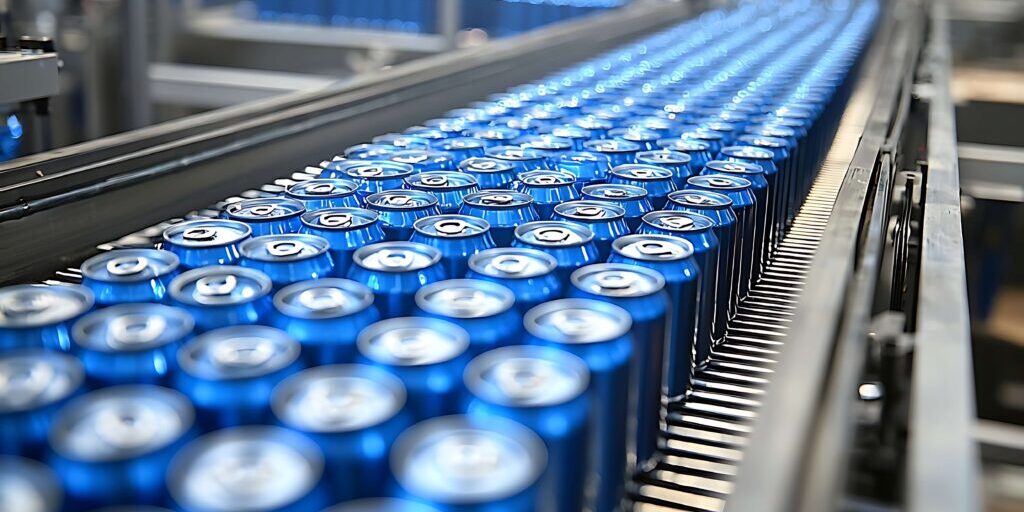
Product Liability Insurance: Helping Your Clients Protect Themselves with Run-off Cover
As Product Liability Insurance policies are occurrence based, in order to respond to a claim for injury or damage arising from a product there must be a current policy in place at the time that the injury or damage occurs, regardless of when the product was sold.
Unless your client purchased run-off cover, they may not be covered where:
- Their product was purchased before the business ceased; and
- The injury or damage caused by the product occurred after the expiry date of the policy that existed when their business ceased.
Run-off Consideration: Product Type
Products can pose liability risks long after they were sold. Defects or issues with a product may not become apparent immediately, leading to claims years after the product was sold.
The type of product is an important factor when considering the scope and duration of run-off cover that may be required for your client. Some aspects to consider include:
Consider the type of personal injury or property damage that can be caused by the product if something goes wrong. For example, a clothing manufacturer selling articles of clothing may have a vastly different personal injury exposure compared to a pharmaceutical business producing medicines, medical devices and/or biologicals.
It’s also important to understand that whilst your client may consider the probability of risk to be low for a particular product, the severity of a potential claim needs to be understood.
- Long lasting products vs short-term products
Consider how long the products are likely to be used by the public and the product shelf life. Many products can remain in use for years after they have been sold. The emergence of defects in a product may take years to materialise. A claim can be made against the manufacturer or distributor at any time if that product causes injury or damage.
For example, a dairy farm producing milk has a very limited product shelf life and therefore any product liability claims would generally occur shortly after the purchase. However, an electronics company manufacturing lithium batteries may only start to experience issues with defective batteries months or years after purchase.
What is an Adequate Run-off Period
So, how long should run off cover be maintained? There is no definitive answer, as it will vary depending on the individual client. Key factors include the type of product, the potential liability exposure, and the run-off options available from the insurer.
Need More Information?
This article emphasises the importance of run-off cover for Product Liability Insurance as a means of protection against long-term liability exposures. If you need any more details or have any specific requirements, please call your local BIA underwriter.
Alternatively, you may wish to access our Webinar “Product Liability Fundamentals” via the link below. This contains a segment discussing run-off insurance commencing at 20.44.
Important Notice
Berkley Insurance Company (limited company incorporated in Delaware, USA) ABN 53 126 559 706 t/as Berkley Insurance Australia is an APRA authorised general insurer. Information provided is general only, intended for brokers and has been prepared without taking into account any person’s particular objectives, financial situation or needs. It is not intended to be comprehensive or constitute legal advice. You should always obtain legal or other professional advice appropriate to your own circumstances before acting or relying on any of the information. Insurance cover is subject to terms, conditions, limits, and exclusions. When making a decision to buy or continue to hold a product, you should review the relevant policy wording.
Share this post on
Getting the Best Terms for Clients with Prior Claims
Marking 10 Years of Trusted Partnership with Arena Underwriting


